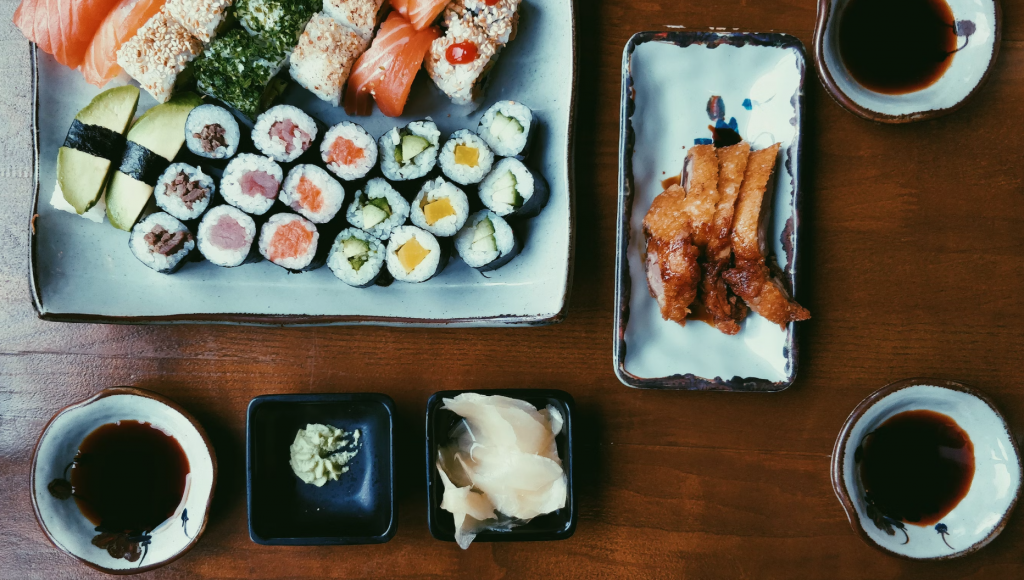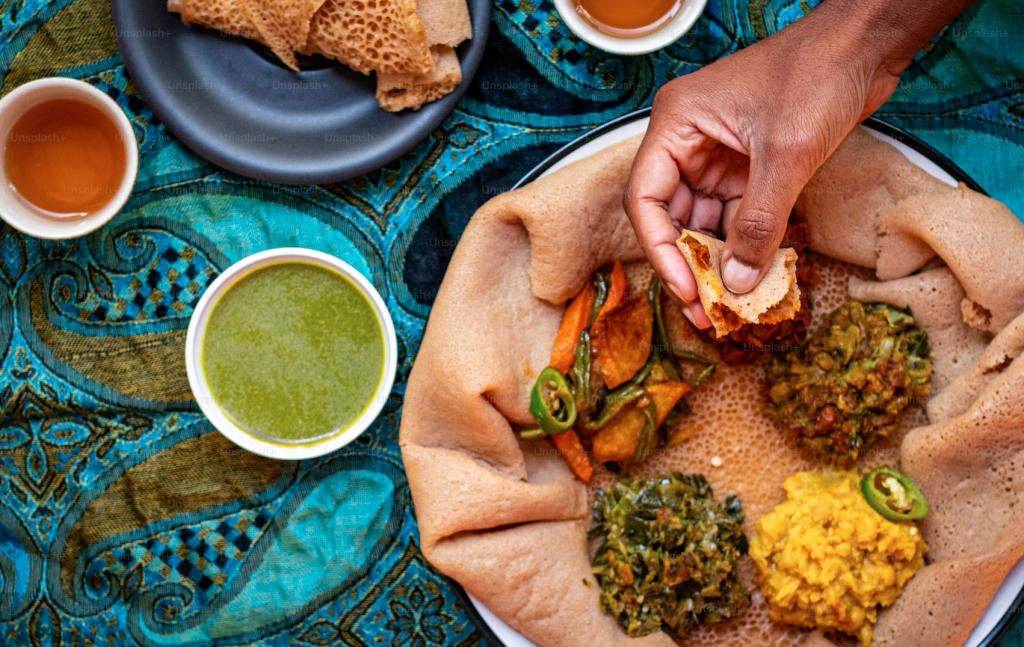In a world interconnected by travel, technology, and shared experiences, the exploration of unique culinary traditions becomes a fascinating journey into the heart of diverse cultures. As we embark on this global gastronomic adventure, we’ll delve into the rich tapestry of culinary delights found across continents, discovering the unique flavors, techniques, and cultural significance that define each tradition.
Culinary Diversity Across Continents
As we explore culinary traditions, it’s essential to recognize the immense diversity shaped by geography, climate, and history. From the spice-infused dishes of Asia to the hearty flavors of European cuisines, each continent boasts its own culinary wonders.
Asian Culinary Wonders
Asia, a vast and diverse continent, is home to a myriad of culinary traditions. From the complex flavors of Indian cuisine to the delicate artistry of Japanese dishes, Asian culinary heritage reflects a deep connection to local ingredients and time-honored techniques.

European Gastronomic Delights
Venturing into Europe unveils a mosaic of gastronomic delights. From the Mediterranean’s olive oil-infused dishes to the hearty flavors of Eastern European stews, each region contributes to the continent’s rich culinary tapestry.
African Culinary Heritage
While often overlooked, Africa’s culinary heritage is a treasure trove of unique flavors. Indigenous ingredients, traditional cooking methods, and communal dining experiences characterize the diverse culinary traditions found across the continent.

North and South American Culinary Tapestry
In the Americas, a fusion of indigenous ingredients and global influences creates a diverse culinary landscape. From the savory street foods of South America to the comfort foods of North America, each region tells a unique culinary story.
Oceania: Culinary Treasures Down Under
Australia and the Pacific Islands offer culinary treasures influenced by indigenous ingredients and multicultural influences. From the native flavors of bush foods to the vibrant dishes of Polynesian cuisine, Oceania’s culinary diversity is a testament to the region’s rich heritage.
Iconic Global Food Festivals
International food festivals serve as vibrant celebrations of culinary diversity. From the colorful streets of Rio during Carnival to the lively night markets of Southeast Asia, these festivals provide a sensory feast for those seeking to taste the world’s flavors.
The Impact of Migration on Culinary Traditions
Migration has played a pivotal role in shaping culinary traditions globally. The fusion of flavors brought about by cultural exchange adds depth and variety to traditional dishes, creating a dynamic and ever-evolving global culinary landscape.
Preservation of Culinary Heritage
Preserving traditional culinary practices is crucial for maintaining cultural identity. Initiatives and organizations dedicated to safeguarding culinary heritage play a vital role in ensuring that time-honored recipes and techniques continue to be passed down through generations.
Food Tourism: A Global Gastronomic Adventure
For those eager to embark on a global gastronomic adventure, food tourism offers the opportunity to savor authentic flavors and experience local culinary traditions firsthand. From street food tours to immersive cooking classes, food tourism provides a gateway to cultural exploration.
Unusual Ingredients and Culinary Curiosities
Exploring exotic ingredients and unique culinary practices adds a sense of adventure to our culinary journey. From edible insects in Southeast Asia to fermented delicacies in Scandinavia, embracing culinary curiosities opens up new avenues of taste exploration.
The Cultural Significance of Food
Food serves as a powerful expression of cultural identity, bridging gaps and bringing people together. From the symbolic significance of dishes in ceremonies to the communal nature of shared meals, the cultural importance of food is undeniable.
Global Culinary Trends and Influences
In the age of globalization and social media, culinary trends spread rapidly across borders. The fusion of flavors and the influence of diverse cuisines on one another contribute to the ever-evolving landscape of global culinary preferences.
Conclusion
As we conclude our exploration of unique culinary traditions, the richness of global diversity becomes evident. Each flavor, technique, and tradition tells a story of cultural identity and heritage. Celebrating this diversity through the exploration of food fosters a deeper understanding and appreciation for the world’s myriad culinary wonders.
FAQs About Exploring Unique Culinary Traditions
- Q: How can I experience global culinary traditions without traveling?
- A: Participate in international food festivals, explore ethnic neighborhoods, and try cooking recipes from different cultures at home.
- Q: Are there resources for learning about traditional cooking techniques from around the world?
- A: Yes, online platforms, cooking classes, and cultural events often offer insights into traditional cooking methods from various regions.
- Q: What is the significance of indigenous ingredients in global culinary traditions?
- A: Indigenous ingredients play a crucial role in defining the unique flavors and identity of a region’s culinary traditions.
- Q: How can I support initiatives focused on preserving culinary heritage?
- A: Supporting local farmers, attending cultural events, and contributing to organizations dedicated to culinary preservation are impactful ways to show support.
